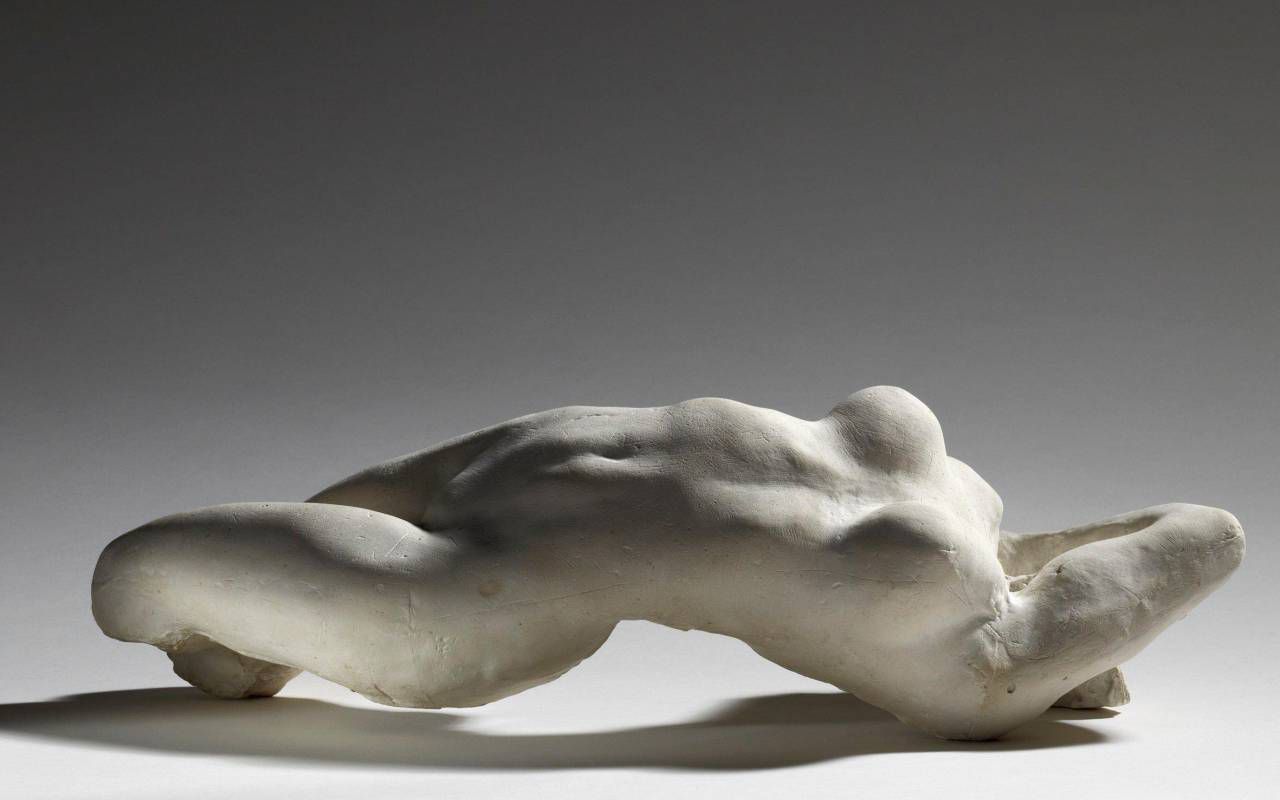
10 Things to Know about Camille Claudel

It is often said that “behind every great man there is an even greater woman” and this is certainly relevant when talking about Camille Claudel. A talented sculptor, her work was often dwarfed by her involvement with Rodin. However, her boldness in creating stunning works and while struggling with the darker corners of mental illness has more recently gained her much deserved attention for her incredible talent.
Artsper invites you to discover 10 remarkable facts about the life of Camille Claudel.
#1 Camille Claudel was Auguste Rodin’s mistress, muse and student

Claudel first met Rodin as an apprentice in his workshop in the late 1880s, helping him with his sculptures and posing for him as his model. They eventually became lovers. Rodin was 24 years older than her and their relationship was tumultuous. They frequently argued and he refused to end his 20-year relationship with Rose Beuret.
#2 Claudel’s nuanced portrayals of the nude form resulted in her works being censored by the press and state

Claudel was attempting to become an artist at a time when this wasn’t considered much of a possibility for women. Not only was she trying to penetrate an androcentric sphere, but she was also trying to depict lust and sexuality in her art; subjects which were highly taboo for women as only men’s sexual desires were acknowledged in nineteenth century society. As a result, she relied heavily on Rodin to have her work shown and bought, and had to collaborate with him in order to get commissions. To have access to a bronze foundry, funding and approval from an official institute was necessary. Claudel was denied access, as her sculpture “The Waltz” depicted a pair of naked bodies too close together.
#3 She was convinced Rodin was stealing her ideas and wanted to kill her

She referred to Rodin as “The Ferret” in her letters, and was convinced he was trying to sabotage her career. Claudel grew increasingly paranoid about Rodin and his artist “gang”, she claimed they were plotting to kill her and steal her ideas. She therefore removed herself from society and boarded up the doors to her studio, isolating herself from the outside world. She produced fewer original pieces and focussed on creating more copies of the work she had already made in order to protect her ideas.
#4 She almost destroyed a whole studio of her work
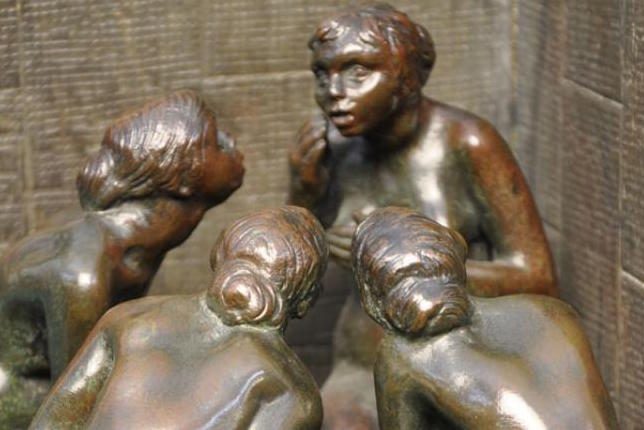
After her affair with Rodin ended, Claudel was consumed with grief and began frequently smashing and throwing away her sculptures. By 1912 most of the pieces in her studio had been destroyed and only a fraction of her works exist today.
#5 Rodin had Claudel’s commission The Age of Maturity removed as it exposed their affair
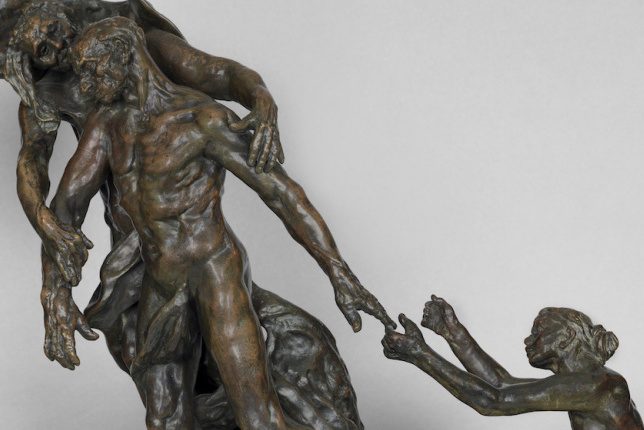
The Age of Maturity has been widely regarded as an autobiographical work. It depicts an older man (Rodin) being pulled away by an older woman (Beuret) from the outstretched arms of a young woman kneeling beside him (Claudel). After witnessing the work, Rodin was furious and denied Claudel any future financial support. The Ministry of Fine Arts mysteriously cancelled the commission and many believe that Rodin may have influenced the decision.
#6 Her brother and mother had her committed to an asylum for 30 years
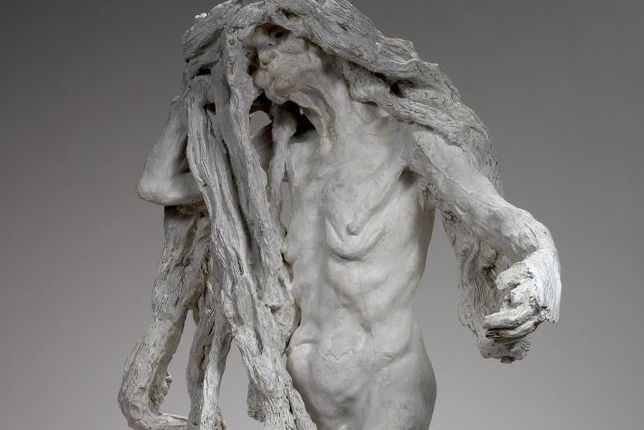
Claudel was forcibly sent to an asylum in 1913, despite claims from doctors that it wasn’t necessary for her to be there. Her brother and mother claimed she was showing signs of schizophrenia and insisted she stay there against her will. Fellow artists expressed their outrage at locking away an artistic genius. Claudel’s mental health, reputation and creativity greatly suffered as a result, to the extent that she refused art materials or to even touch clay during her institutionalisation.
#7 She pushed herself by using challenging materials and her sculptures changed the history of art

Her compositions were daring and her use of complicated materials like onyx marble set her apart as an artist. She experimented with combining materials like marble and bronze which led her to gaining financial support from the Countess of Maigret. Claudel’s works utilised concepts from Art Nouveau and Ukiyo-e Japanese prints, resulting in incredibly original art.
#8 Her sculptures are now worth millions
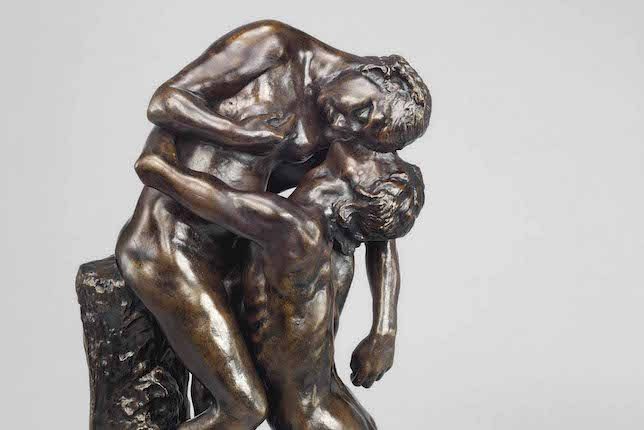
During an auction in 2017, 20 sculptures of various materials (bronze, clay, plaster and terra-cotta) sold for for a combined total of €3.6 million, three times the estimated total. The works originally belonged to her sister, Louise Claudel, and were assigned to the auction by Claudel’s family. The Abandonment was bought for a staggering €1.2 million, The Little Chatelaine sold for €492,000 and Study II for Sakuntala broke records for a terra cotta piece by Claudel. It was pre-empted by the Musée d’Orsay for an incredible €467,800.
#9 Despite her wealthy background she died in poverty
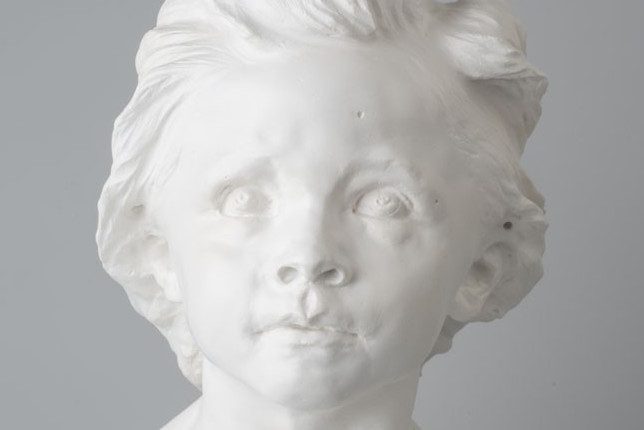
Sculpture was incredibly expensive to produce, and her lack of commissions due to the controversial content of her work meant she was financially dependent on Rodin and her father. However, after the breakdown of her relationship with Rodin and her father’s death, Claudel’s mother and brother denied her access to his money as they strongly disagreed with her lifestyle which they viewed as debaucherous. As a result, she lived the last 30 years of her life in the asylum where she was impoverished, weak and often wore beggars’ clothes.
#10 She has a museum dedicated to her

The Camille Claudel Museum was opened 75 years after her death in 2017, in her hometown of Nogent-sur-Seine. The museum houses half of Claudel’s existing works and the first one viewers see when entering the museum is a large sculpture of a couple, which is believed to be emblematic of Claudel’s life with Rodin.

About Artsper
Founded in 2013, Artsper is an online marketplace for contemporary art. Partnering with 1,800 professional art galleries around the world, it makes discovering and acquiring art accessible to all.
Learn more













